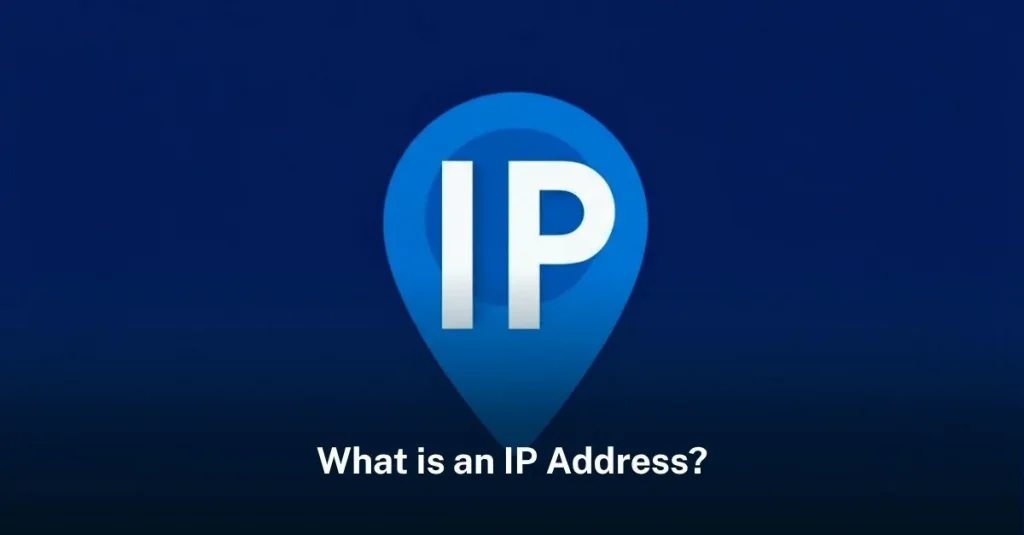the Internet Protocol (IP), which assigns unique addresses to each device. The most widely used version of this protocol is IPv4, short for Internet Protocol Version 4. This article provides an easy-to-understand overview of IPv4, its significance, and its limitations.
What is IPv4?
IPv4 is the fourth version of the Internet Protocol, which was introduced in the early 1980s. It uses a 32-bit address system to identify devices on a network, which translates to approximately 4.3 billion unique addresses. An IPv4 address is typically written as four decimal numbers separated by dots (e.g., 192.168.1.1).
How Does IPv4 Work?
Every device connected to the internet needs a unique IP address to send and receive data. IPv4 addresses are assigned to devices by Internet Service Providers (ISPs) or network administrators. When you send data over the internet, it is broken down into smaller packets. Each packet is labeled with the destination IP address, and routers use this information to forward the packets to the correct destination.
Key Features of IPv4
- Addressing: IPv4 provides a unique address for each device on a network, ensuring that data packets reach the correct destination.
- Subnetting: This feature allows the division of a large network into smaller, manageable sub-networks, improving efficiency and security.
- Routing: IPv4 supports routing, which is the process of finding the best path for data to travel across multiple networks to reach its destination.
- NAT (Network Address Translation): NAT is a technique used to extend the limited number of IPv4 addresses. It allows multiple devices on a private network to share a single public IP address when accessing the internet.
Benefits of IPv4
- Simplicity: IPv4 is straightforward and easy to understand, making it accessible for users and network administrators.
- Compatibility: Being the most widely adopted IP version, IPv4 is supported by virtually all internet-connected devices and networks.
- Proven Technology: IPv4 has been in use for several decades, proving its reliability and robustness in managing internet traffic.
Limitations of IPv4
Despite its widespread use, IPv4 has some significant limitations:
- Address Exhaustion: The most critical limitation of IPv4 is the exhaustion of available addresses. With the rapid growth of internet-connected devices, the pool of 4.3 billion addresses is insufficient to meet current demands.
- Security: IPv4 was not designed with security in mind, making it vulnerable to various cyber threats. While security measures like IPsec can be added, they are not inherent to IPv4.
- Complex Configuration: Managing IPv4 networks, especially with NAT and subnetting, can become complex and challenging for large networks.
Future Beyond IPv4
To address the limitations of IPv4, the Internet Engineering Task Force (IETF) developed IPv6, which provides a virtually unlimited number of IP addresses and improved features. However, the transition from IPv4 to IPv6 is ongoing and gradual, as it requires significant changes to network infrastructure and software.
Conclusion
IPv4 has been the backbone of the internet for decades, enabling the seamless communication that underpins our digital lives. While it has its limitations, its simplicity and widespread adoption have cemented its place in internet history. Understanding IPv4 is essential for anyone interested in the workings of the internet, as it provides the foundation upon which modern networking is built. As the world continues to transition to IPv6, the lessons learned from IPv4 will guide the evolution of global internet connectivity.










Leave a Reply